Africa is an enormous continent, of diverse people, cultures, and practices. You can learn a lot about the continent’s flamboyant textiles, trade of valuable metals, and musical traditions. We shall examine some of the prominent musical instruments that are still in use today. Musical instruments span from percussion, string, wind, drums, and several others.
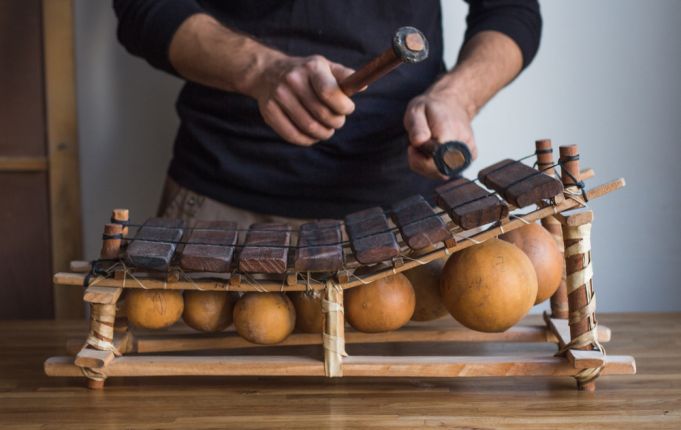
The bafalon is a musical instrument in West Africa that closely resembles a European Xylophone. This instrument creates sound by vibration and is synonymous with the Mandinka. Balafon is associated with Griot tradition, a hereditary ritual in Gambia, West Africa. Balafon is made of a bamboo frame made of original rosewood or other wood selections depending on availability. Jelis and other hereditary musicians pass down teaching instruments from father to son or daughter, a practice that continues to date. Handmade balafons, koras, and similar percussion instruments have 21 keys while the frame resembles a calabash.
Oporo
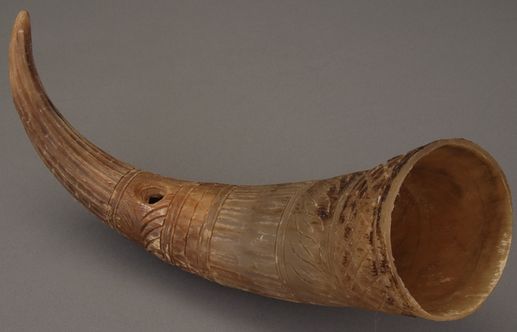
Popularly known as the Oporo by the Luo community, the curved antelope horn resembling that of a kudu has multi-colored beads played by blowing air through its narrow holes. In the olden days, the oporo was used during funerals, weddings, barazas, and other important functions. The instrument is used alongside the nyatiti to amplify emotion during song and dance.
Djembe
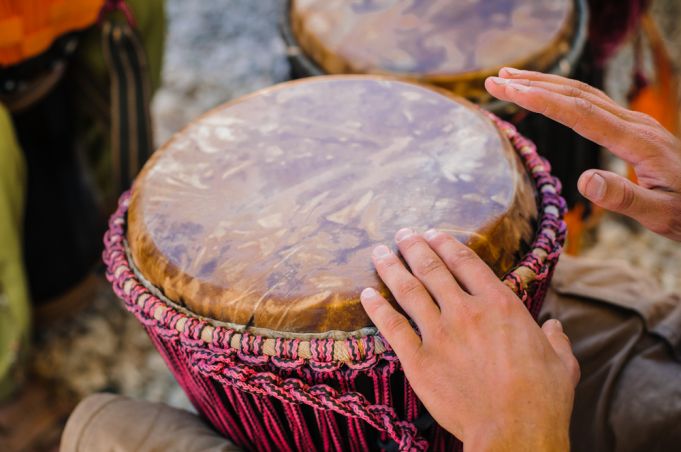
The djembe resembles a single-headed goblet drum originally from Guinea and Mali. This 400-800 years old instrument has Maninka/Susu origins. Some believe the name came from the Mali “anke-dje-anke-be” translating to “everyone gather together.” Countries in West Africa where it’s in use are Guinea-Bissau, Niger, Gambia, Mauritania, Mali, Senegal, Ghana, an Ivory Coast.
Bendir
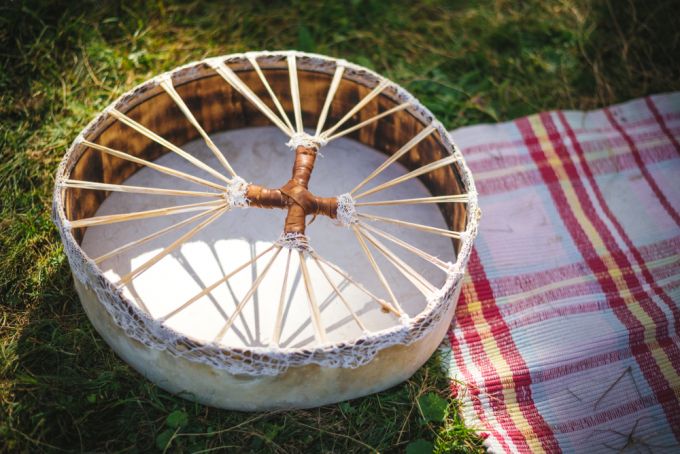
Bendir is a drum with a wooden frame synonymous with the Northern African people. Unlike a tambourine, the traditional instrument has no jingles but a snare stretched above the head that produces sound when the drum is struck by the palm or fingers. The size is about 14 to 16 inches and used in the special ceremonies of the Sufi, whose traditions are known for their music, dance, and rhythm. History dates it to the ancient Mesopotamia and Egyptian civilizations.
Kora
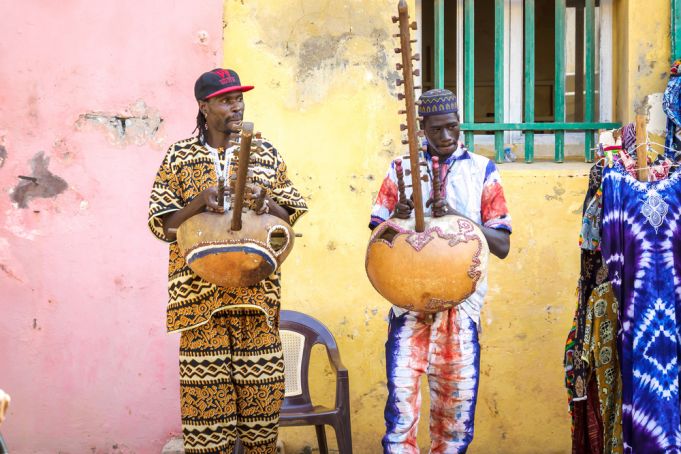
Native to West Africa, Kora is a popular stringed instrument. It can be described as an ancient version of the modern-day guitar but with African characteristics. In most occasions, its played alongside a flute and harp The kora is a large calabash cut in half and covered with a cowskin, then attached to a wooden neck. Ph: Vladimir Zhoga / Shutterstock.com
Kundi
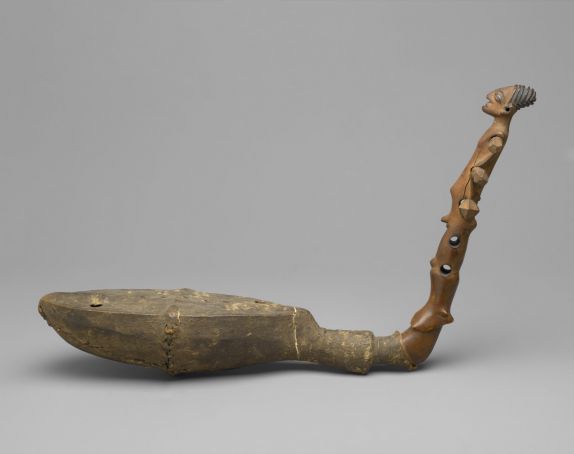
The Kundi is from Central Congo and resembles an arched harp. Kundi strongly resembles the Egyptian harp. This 5-stringed instrument was used by the Azande people.
Gasba
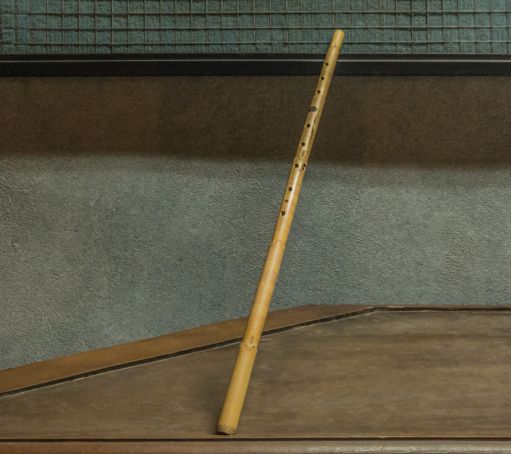
The Gasba is a flute-like instrument common among the Berber community in North Africa. It is made of reed and is common in Chaoui music and other traditional Algerian music. To master the art of playing the gasba, it takes years of practice. It’s nine playing holes correspond to the number of rings around it.
Top ph: Simon Kovacic / Shutterstock.com










